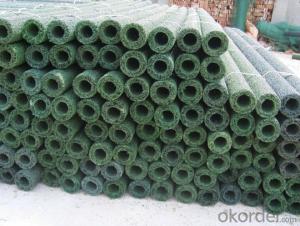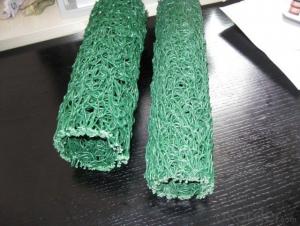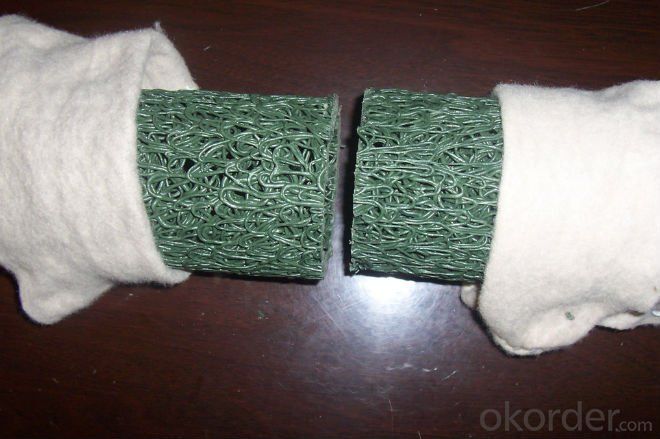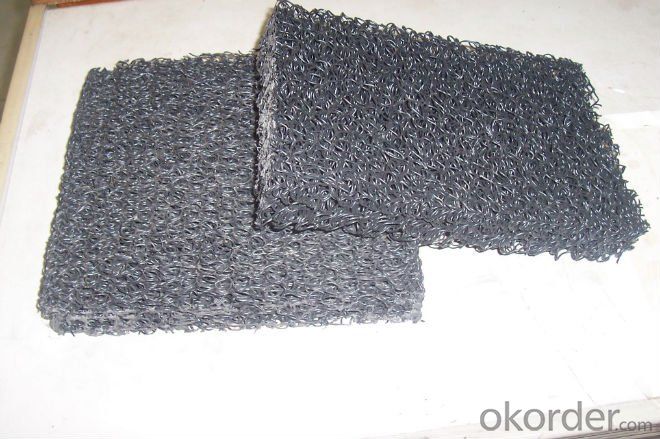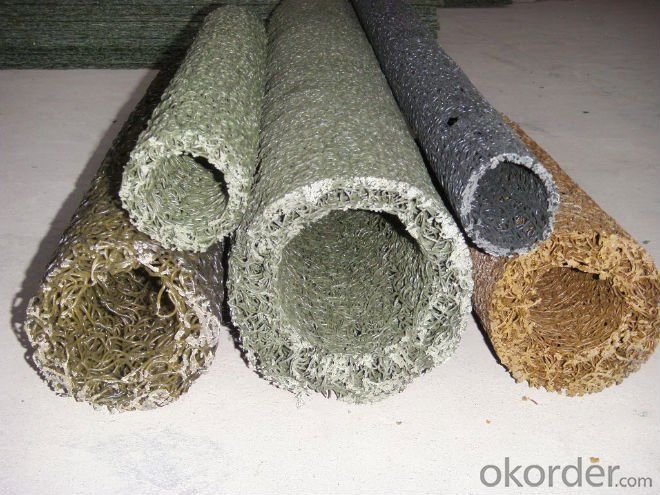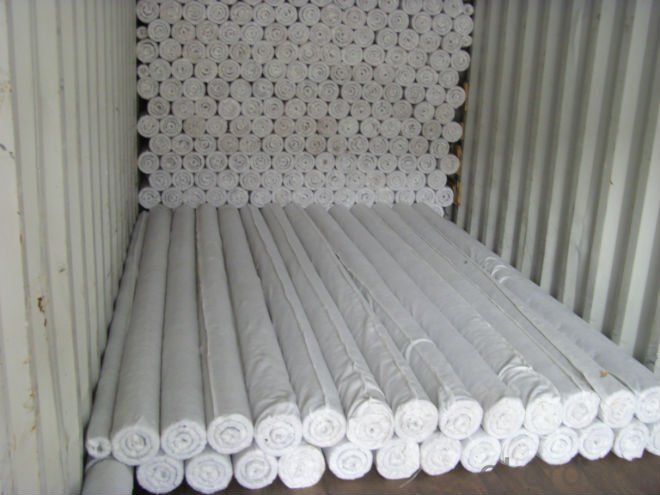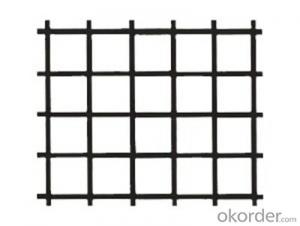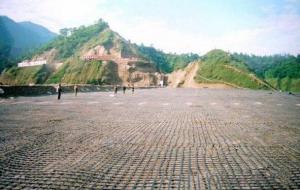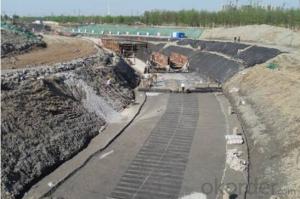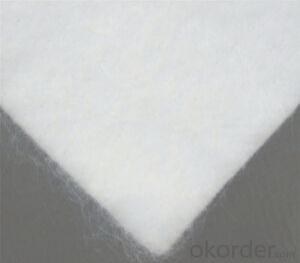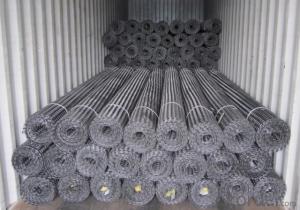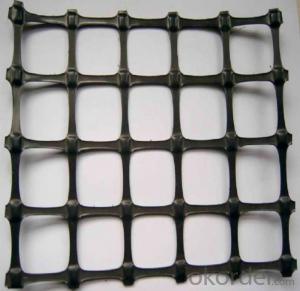Plastic Blind Drainage Pipe used in Draiange
- Loading Port:
- Qingdao
- Payment Terms:
- TT OR LC
- Min Order Qty:
- 1000 m
- Supply Capability:
- 150000 m/month
OKorder Service Pledge
OKorder Financial Service
You Might Also Like
Specifications
it uses a hydropphilic cloth as filtering medium
high strength.Geocomposite Drian Pipe.
Geocomposite Drian Pipe
Geocomposite Drain Pipe
Geocomposite Drain Pipe is made of plastic core and outer filtering cloth. In the state of hot melting, it is formed into three-D network structure. It has two shapes: rectangle and round. This kind of pipe has some advantages: good drainage, high pressure resistance, light weight, so it is very popular in some projects.
Application of Geocomposite Drain Pipe:
1) Highway and roadway subgrade
2) Retaining wall
3) Landfill
4) Roof garden
5) Building foundation
6) Underground irrigation
Technical Data
Art No. | PLD0201 | PLD0202 | PLD0203 | PLD0204 | PLD0205 | PLD0206 | PLD0207 | PLD0208 | PLD0209 | |
Item | Square shape | Circular shape | ||||||||
Type | YA7030 | YA1435 | YA1550 | Y1235 | YB60 | YB80 | YB100 | YB150 | YB200 | |
Outer Size(mm)≥ | 70x30 | 140x35 | 150x50 | 120x35 | φ60 | φ80 | φ100 | φ150 | φ200 | |
Cannular Size≥ | 40x10 | 40x10x2 | 40x20x2 | 40x10x2 | φ25 | φ45 | φ55 | φ80 | φ120 | |
Weight≥ | 350 | 650 | 750 | 600 | 400 | 750 | 1000 | 1800 | 2900 | |
Gap rate≥ | 82 | 82 | 85 | 82 | 82 | 82 | 84 | 85 | 85 | |
Pressure Resistance | Flat rate 5% | 60 | 82 | 50 | 70 | 80 | 85 | 80 | 40 | 50 |
Flat rate 10% | 110 | 120 | 70 | 110 | 160 | 170 | 140 | 70 | 70 | |
Flat rate 15% | 150 | 160 | 125 | 130 | 200 | 220 | 180 | 100 | 90 | |
Flat rate 20% | 190 | 190 | 160 | 180 | 250 | 280 | 220 | 125 | 120 | |
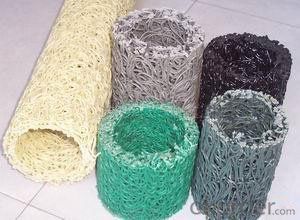
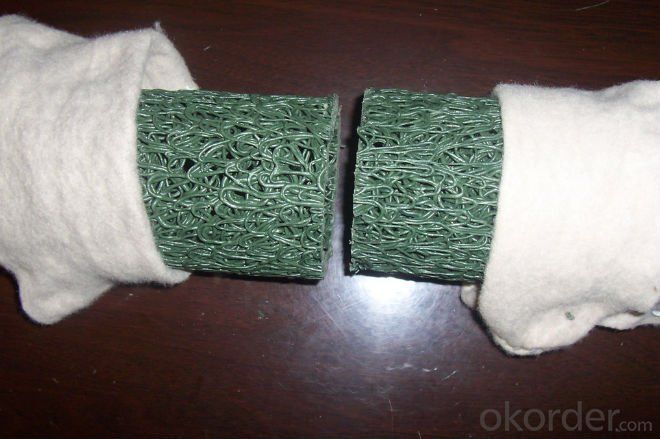
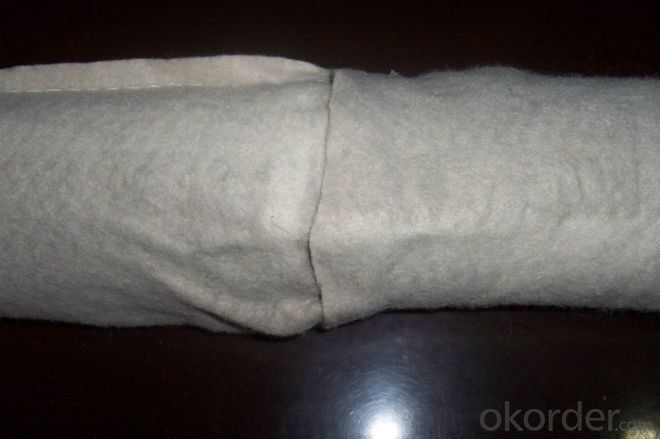
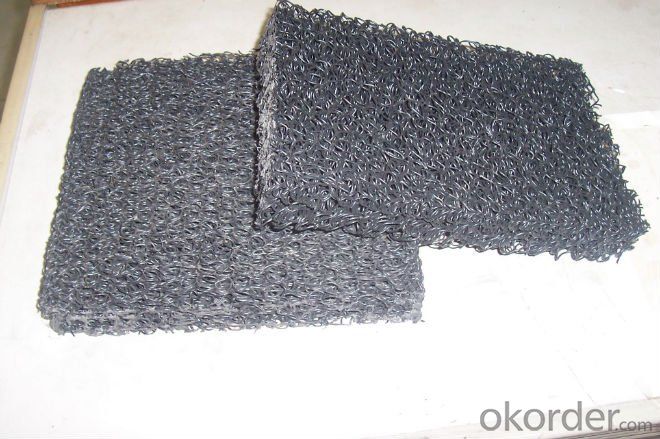
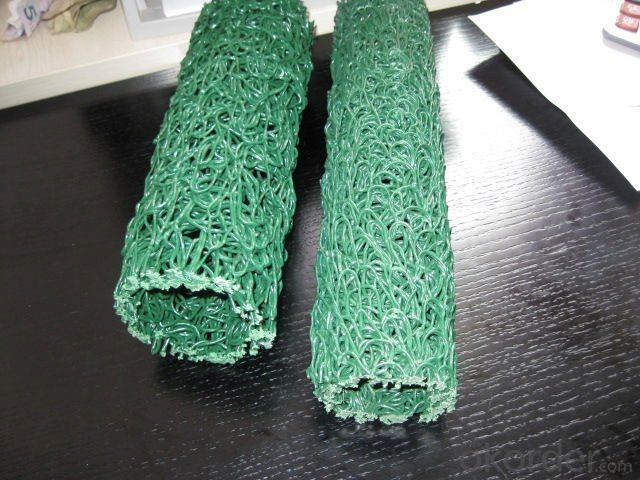
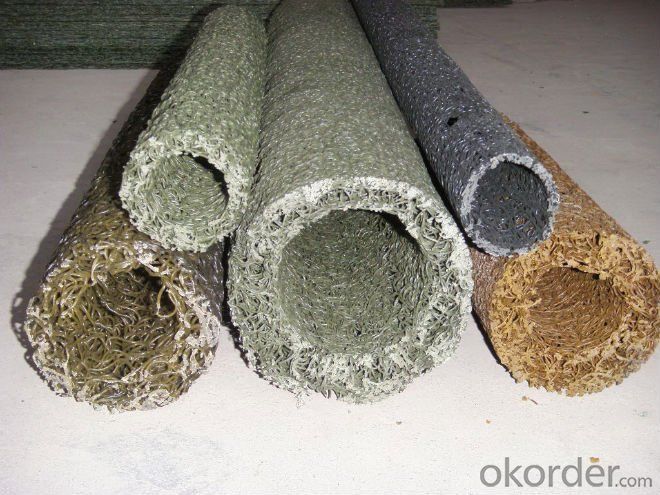
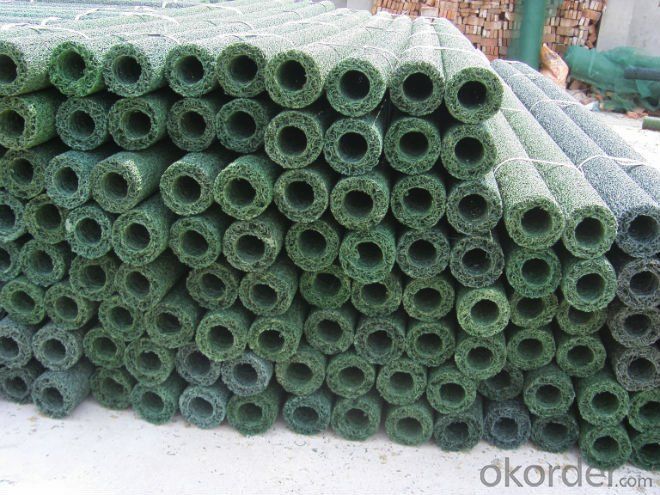
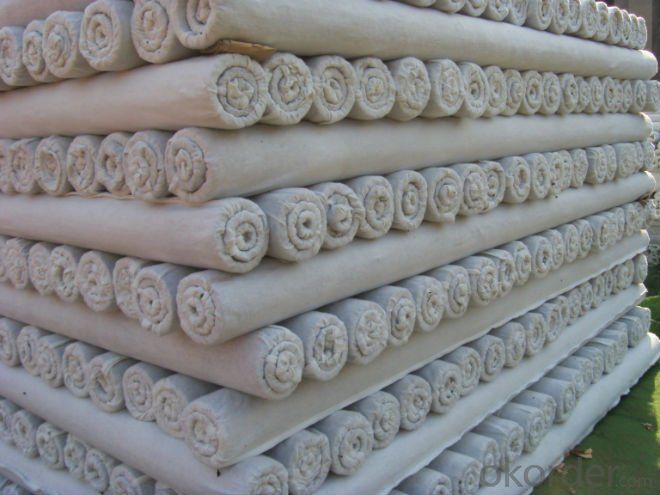

- Q:Can geogrids be used in reinforcement of dams and levees?
- Yes, geogrids can be used in the reinforcement of dams and levees. Geogrids are high-strength, synthetic materials that are specifically designed to improve the stability and strength of soils. They are commonly used in civil engineering projects, including the reinforcement of dams and levees, to enhance the structural performance and increase the overall safety of these structures. Geogrids can effectively distribute loads, reduce soil erosion, and improve the overall stability of the embankments, making them a suitable choice for reinforcement in dam and levee construction.
- Q:How do geogrids improve the performance of geosynthetic-reinforced walls?
- Geogrids improve the performance of geosynthetic-reinforced walls by providing additional tensile strength and stability to the structure. They act as a reinforcement material, distributing the load and preventing soil movement or wall failure. Geogrids also enhance the overall durability and longevity of the wall by reducing the potential for settlement, soil erosion, and deformation.
- Q:Can geogrids be used in shoreline protection applications?
- Yes, geogrids can be used in shoreline protection applications. Geogrids are commonly used to stabilize soil and prevent erosion, making them an effective solution for protecting shorelines from wave action and water currents. They can be installed in various configurations, such as beneath riprap or as a reinforcement layer for soil, to enhance the stability and longevity of shoreline protection measures.
- Q:Do geogrids require maintenance?
- Yes, geogrids do require maintenance. Regular inspections should be conducted to ensure that the geogrids are properly installed and functioning as intended. Depending on the specific application and environmental conditions, maintenance activities may include removing debris, repairing any damage, and monitoring for any signs of failure or degradation.
- Q:Can geogrids be used in riverbank protection projects?
- Yes, geogrids can be used in riverbank protection projects. Geogrids provide reinforcement and stability to the soil, preventing erosion and slippage along the riverbank. They are effective in enhancing the strength of the soil while allowing for proper drainage. Geogrids can be installed easily and are a cost-effective solution for protecting riverbanks against erosion and maintaining their stability.
- Q:Can geogrids be used in reinforcement of foundation soils?
- Yes, geogrids can be used in the reinforcement of foundation soils. Geogrids are commonly employed in civil engineering projects to enhance the stability and load-bearing capacity of soil. They are particularly useful in reinforcing weak or loose soils, preventing soil erosion, and minimizing settling or uneven settlement of structures. By providing tensile strength and distributing loads more evenly, geogrids help improve the performance and longevity of foundations.
- Q:What is the overlap length of the two-way geogrid? What is the overlap length of geotextiles?
- Steel nail. Geotextile lap length is 50cm to 1m
- Q:Can geogrids be used in floating road construction?
- Yes, geogrids can be used in floating road construction. Geogrids are commonly used as reinforcement materials in road construction to improve the stability and load-bearing capacity of the road. In floating road construction, geogrids can be used to enhance the structural integrity and prevent the road from sinking or shifting in unstable soil conditions, such as marshy or soft ground. By providing reinforcement and distributing the load, geogrids help to create a stable foundation for the floating road, making them a valuable component in this type of construction.
- Q:What is the tgsg15-15 geogrid
- The single belt is formed by the longitudinal and horizontal spacing or the clamping arrangement, and the welding joint is formed by adopting the welding technology of special strengthening bonding to weld the joint.
- Q:What kind of circumstances need to shop geogrid
- The mechanism of geogrid reinforced soil exists in the interaction between Geogrid and soil. Generally, it can be concluded that the friction between Geogrid and soil, the locking effect of Geogrid on Soil and the passive resistance of grid ribs. The three kinds of actions can restrain the lateral displacement of the soil, which greatly increases the stability of the soil, and the reinforcement effect of the soil is obviously higher than that of other geotextile.
1. Manufacturer Overview |
|
|---|---|
| Location | |
| Year Established | |
| Annual Output Value | |
| Main Markets | |
| Company Certifications | |
2. Manufacturer Certificates |
|
|---|---|
| a) Certification Name | |
| Range | |
| Reference | |
| Validity Period | |
3. Manufacturer Capability |
|
|---|---|
| a)Trade Capacity | |
| Nearest Port | |
| Export Percentage | |
| No.of Employees in Trade Department | |
| Language Spoken: | |
| b)Factory Information | |
| Factory Size: | |
| No. of Production Lines | |
| Contract Manufacturing | |
| Product Price Range | |
Send your message to us
Plastic Blind Drainage Pipe used in Draiange
- Loading Port:
- Qingdao
- Payment Terms:
- TT OR LC
- Min Order Qty:
- 1000 m
- Supply Capability:
- 150000 m/month
OKorder Service Pledge
OKorder Financial Service
Similar products
New products
Hot products
Hot Searches
Related keywords
